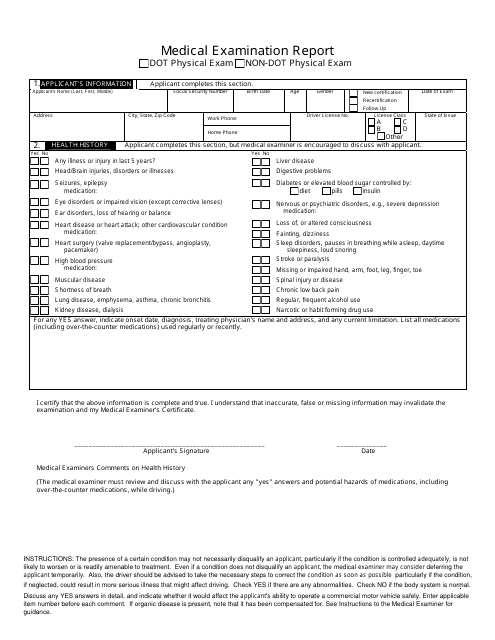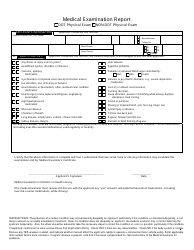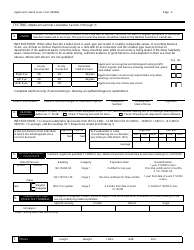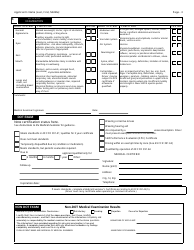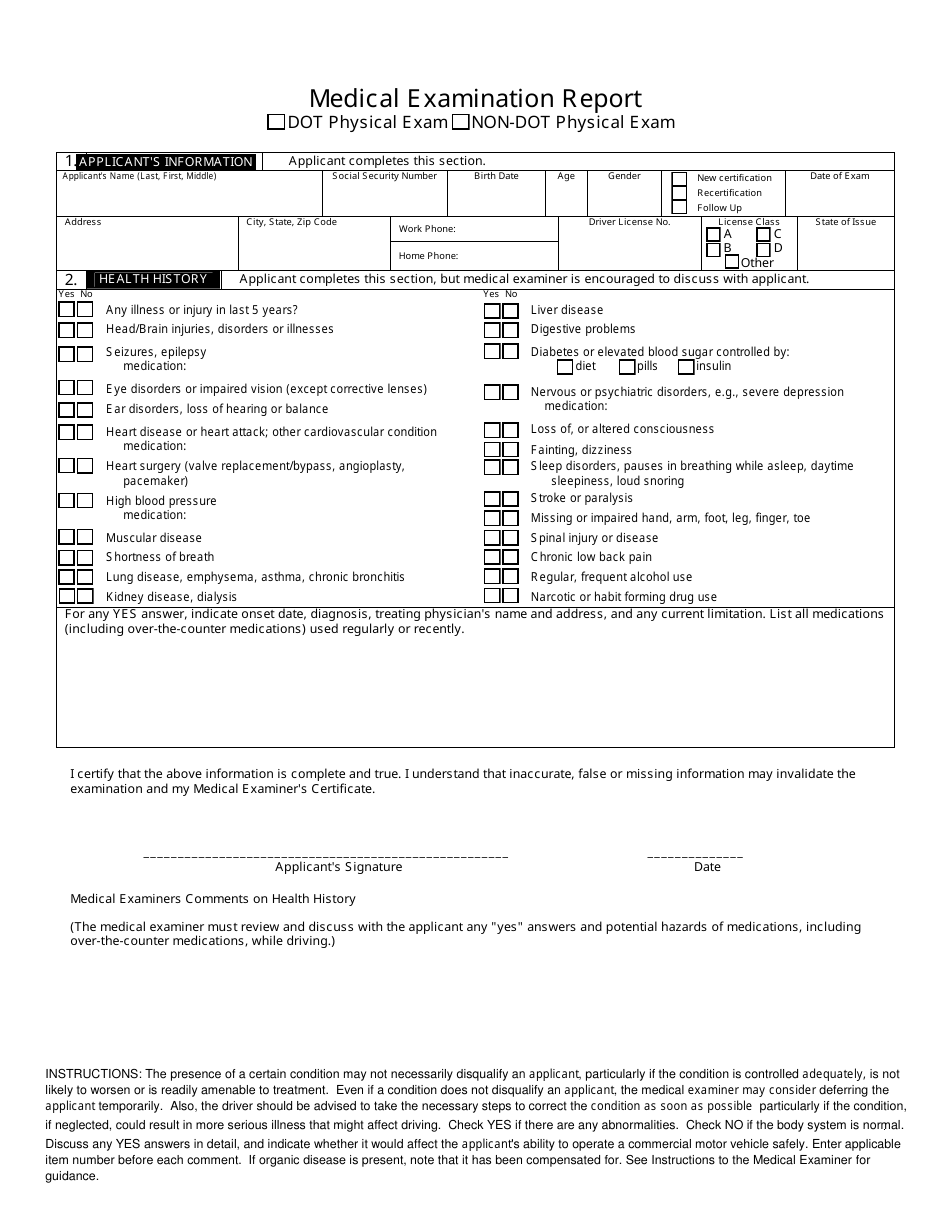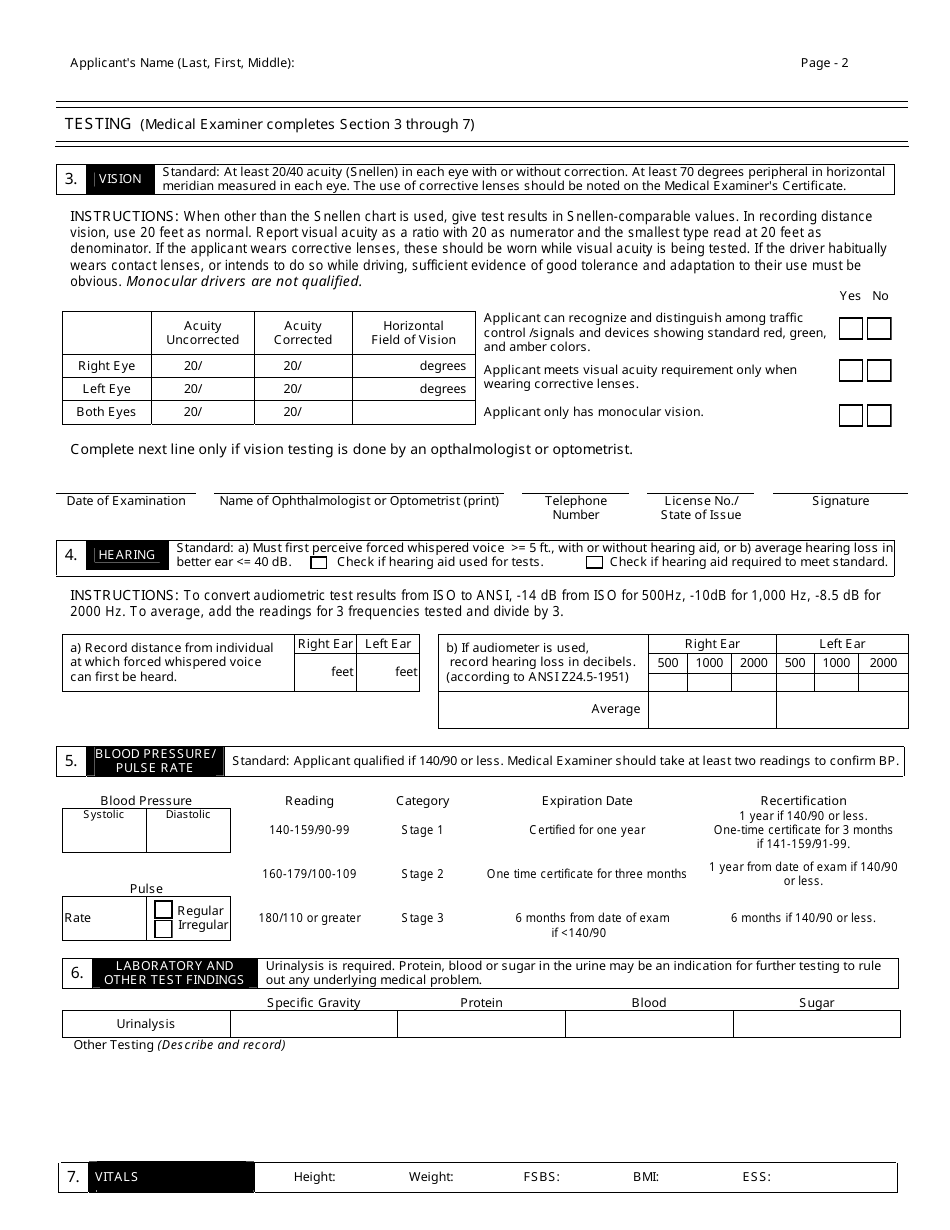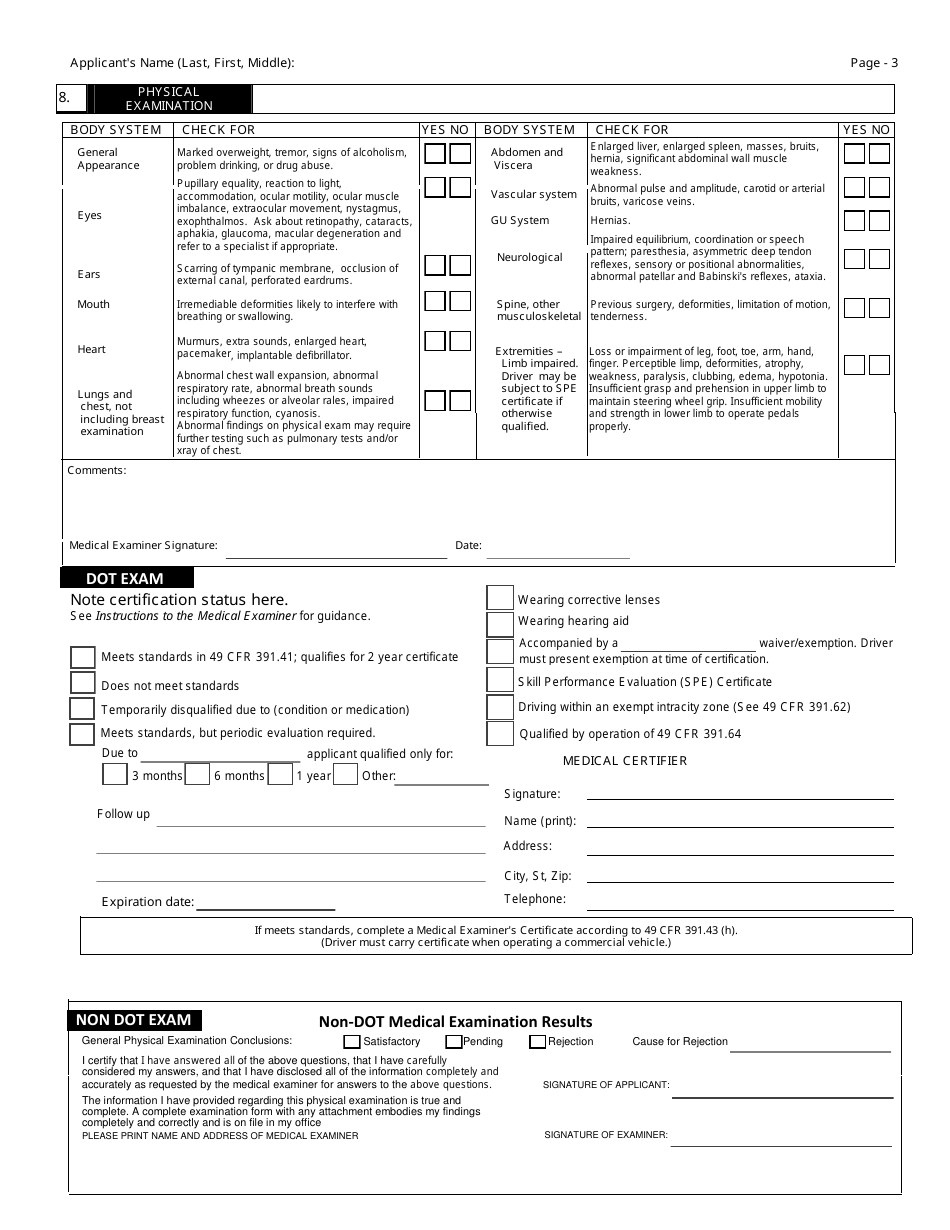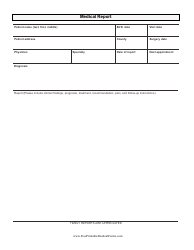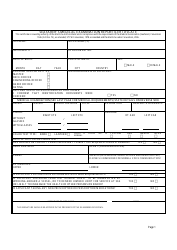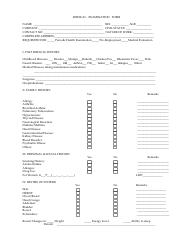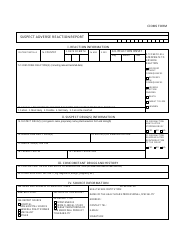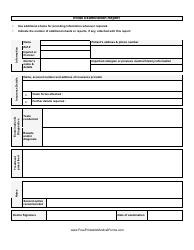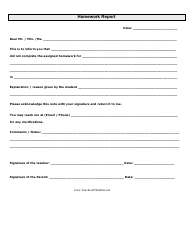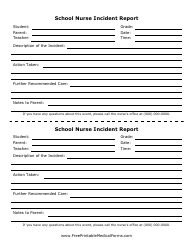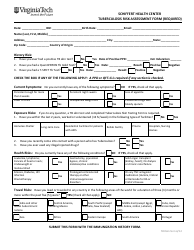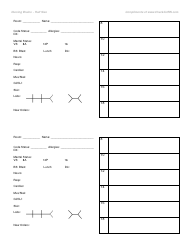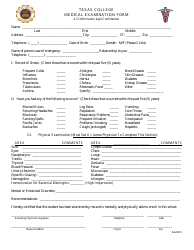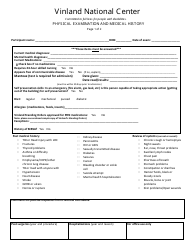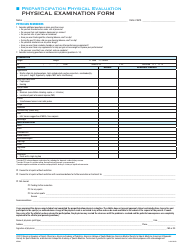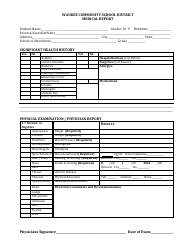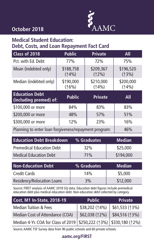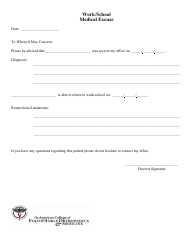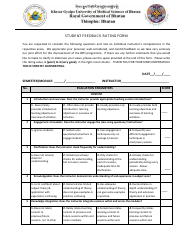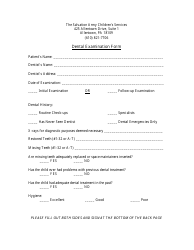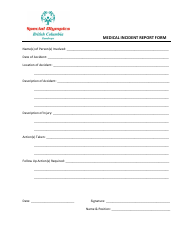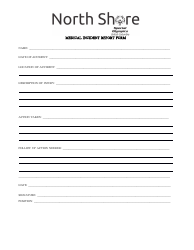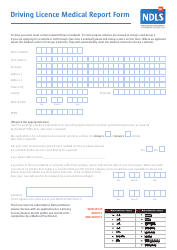Medical Examination Report Template
The Medical Examination Report Template is used by healthcare professionals to document and evaluate a patient's medical condition. It provides a standardized format for recording vital information, medical history, physical examination findings, and any necessary recommendations or treatment plans. It is commonly used for employment purposes, such as for pre-employment screenings or as part of a medical certification process.
The Medical Examination Report Template is typically filed by the medical professional who conducted the examination.
FAQ
Q: What is a medical examination report template?
A: A medical examination report template is a standardized document used by healthcare professionals to record the results of a patient's medical examination.
Q: Why is a medical examination report template used?
A: A medical examination report template is used to provide accurate and consistent documentation of a patient's medical examination, which can be helpful for diagnosis, treatment, and legal purposes.
Q: What information is included in a medical examination report template?
A: A medical examination report template typically includes the patient's personal information, medical history, physical examination findings, diagnostic tests results, and the healthcare professional's assessment and recommendations.
Q: Who uses a medical examination report template?
A: Healthcare professionals, such as doctors, nurses, and other medical practitioners, use a medical examination report template to document and communicate the results of a patient's examination.
Q: Can a patient access their own medical examination report?
A: Yes, patients have the right to access their own medical examination report. They can request a copy from their healthcare provider.
Q: Is a medical examination report template legally binding?
A: While a medical examination report template provides important documentation, it is not inherently legally binding. However, the information recorded in the report can be used as evidence in legal proceedings.
Q: Are medical examination report templates confidential?
A: Yes, medical examination report templates are confidential and protected by patient privacy laws, such as the Health Insurance Portability and Accountability Act (HIPAA) in the United States.
Q: Are medical examination report templates standardized?
A: There are standardized medical examination report templates available, but the specific format and content may vary depending on the healthcare provider or organization.
Q: Can a medical examination report template be used for disability claims?
A: Yes, a medical examination report template can be used as supporting documentation for disability claims, providing important medical evidence for the claim.
Q: How long are medical examination report templates kept on file?
A: The retention period for medical examination report templates may vary depending on local regulations and healthcare policies. Generally, they are kept on file for a certain number of years, often ranging from 5 to 10 years.
